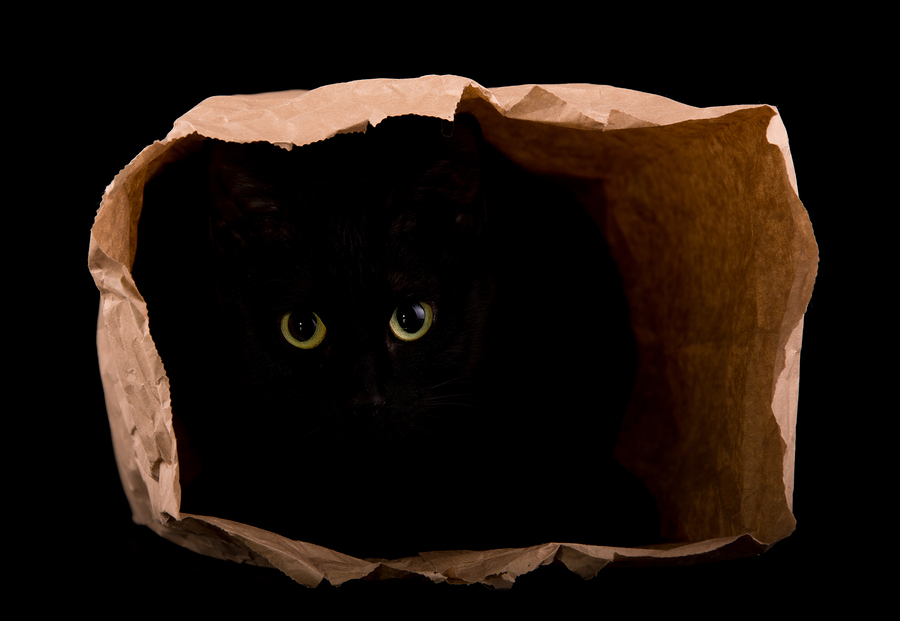Among the many mysteries of the cat is that their eyes gleam in the darkness. A reader asks why that is. Here’s what I answered.
Q: Why do my cat’s eyes glow in the dark?
A: The ancient Egyptians had a theory about that. They believed that a cat’s eyes reflected the sun, even at night when the solar orb was out of sight. I love that inspiring theory, but modern science has given it a thumbs-down. What we do know is pretty fascinating, though.
Cats have some neat evolutionary adaptations, especially when it comes to their eyesight. They can see in conditions that are more than five times dimmer than what even the sharpest-eyed human needs to spot something in the dark.
A layer of specialized tissue called the tapetum lucidum (Latin for “bright tapestry”) is what sparks that glow. Located behind the retina (the light-sensitive tissue lining the back of the eye), it converts light into electrical impulses that then travel to the brain. The job of the tapetum lucidum is to capture all the light that doesn’t enter the retina directly and reflect it back in, so that even tiny amounts of light are processed. When light strikes your cat’s eyes in a darkened room, you see that glow, also known as “eyeshine.”
The tapetum lucidum puts night-vision goggles to shame and is what makes cats such brilliant twilight hunters. Two other factors contribute to the cat’s night eyesight. One is his ability to dilate his pupils (they can become three times the size of the pupil of a human eye!). The other is his large cornea, which is the eye’s outermost lens — that clear, curved part of the eyeball in front of the pupil. It’s easy to see why a night-roaming mouse had better beware.
Interestingly, cats with green or yellow eyes tend to have a greenish glow, while cats with blue eyes tend to have a reddish glow.
Read more, including a caution about medical marijuana for pets, in this week’s Pet Connection!


